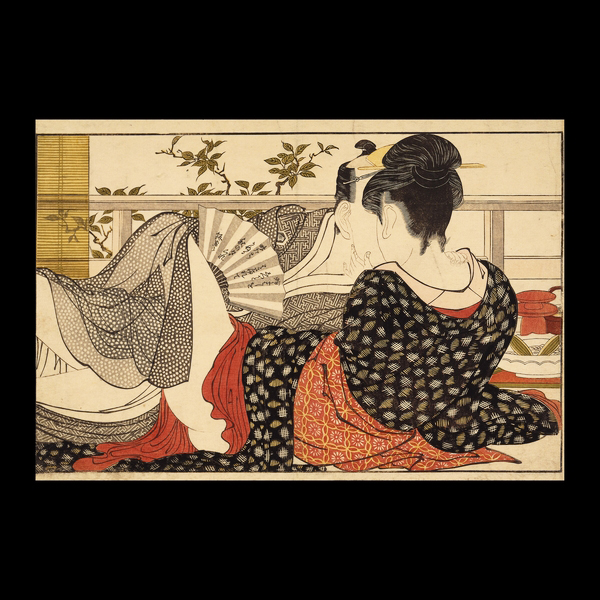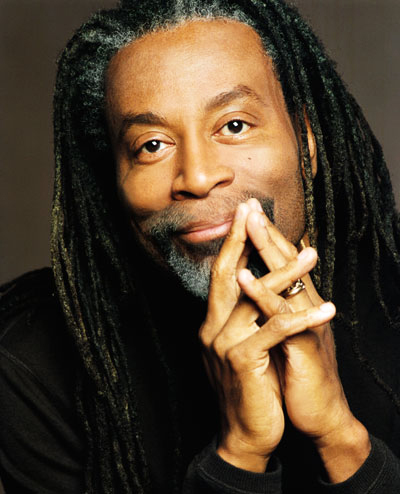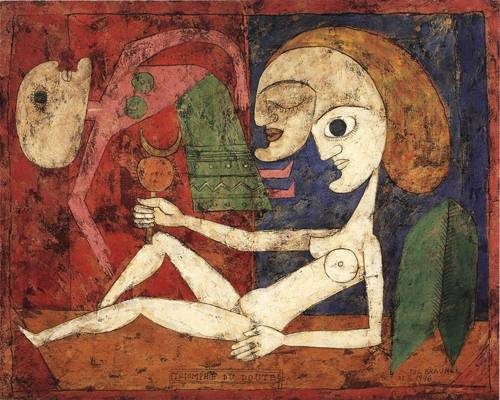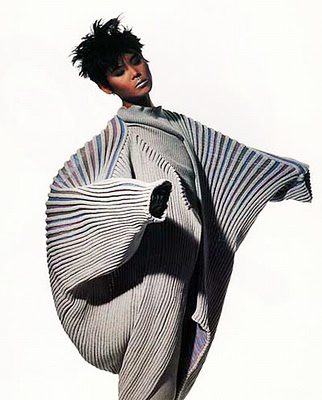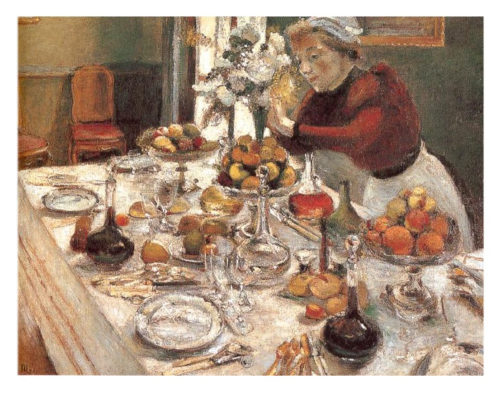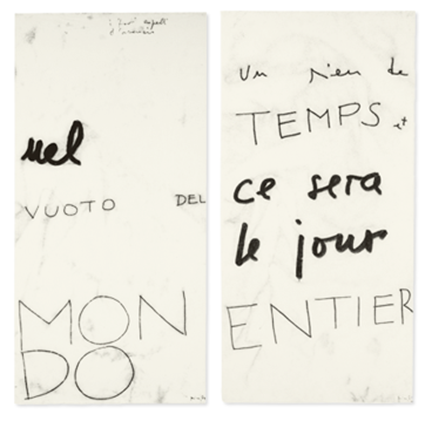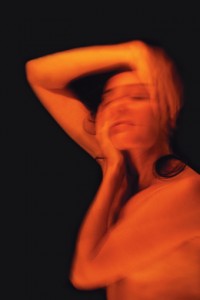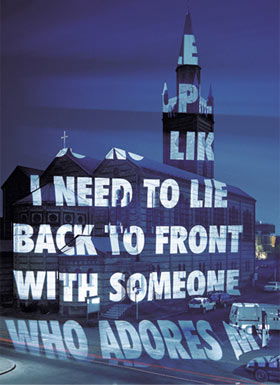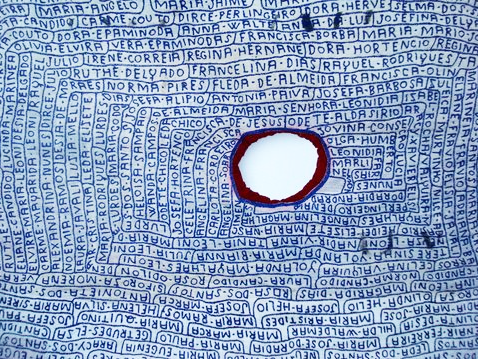
Arthur Bispo do Rosário :: ‘Manto da Apresentação’ :: sem data
It is assumed that Arthur Bispo do Rosario lived for about 80 years – no one knows the exact year of his birth. He spent 50 of these years as an intern at an old mental hospital in Rio de Janeiro called Juliano Moreira, being 25 continuous years until his death in 1989.
As a black man, grandson of slaves, poor and migrant, he tried to survive in Rio de Janeiro as a janitor, caretaker, building doorman, employee of a public utility company and bodyguard of politicians, until he was considered “a paranoid schizophrenic”. In a context marked by the rise of fascism – including Brazil, where the acting Brazilian League for Mental Hygiene took a hygienist, racist and xenophobic approach – he was subjected to lobotomy, electroshock and punishment by psychiatric methods that mutilated and excluded those who disturbed the order.
His work was made public, as a whole, only after his death – and revealed an immense artistic legacy of originality, profound thematic creativity and diversity of shapes and materials, bringing to light a previously unknown life whose understanding was based on art, not insanity.
Consciously appropriating of his exile as a way of facilitating self-expression, Bispo do Rosario created art out of any material resource he laid his hands on, irrefutably demonstrating man’s innate ability to create – in spite of difficulties of any nature: technical, material, theoretical knowledge or personal history. His hands made bottles, combs, coins, shoes, mugs, spoons, brooms, pieces of fabric (taken from sheets), sewing threads (for embroidery, taken from the inmates’ uniforms) leave their original purpose to become vehicles of his obsessive quest for ordainment, structure and rhythm of time and thought.
In the words of Louise Bourgeois, “Bispo do Rosario had the ability to take an object of his life of confinement and turn it into a symbolic object of his self-expression, mystery, beauty and freedom”. Coming across any of these objects is an experience invariably fraught with great emotion for its astonishing plastic beauty and the possibility of recognizing shapes, words and meanings that silently talk with the human soul, awakening universal feelings and existential questions.
Questions, yes. Because by looking inward, listening to his own soul and allowing himself to give vent to his creative essence even in the face of immense adversity, Bispo do Rosário yielded beauty and put himself in a time in history psychiatry will never reach. We then wonder where our eyes are turned to, what our ears are listening to and why, even when there is no adversity, we find ourselves reluctant to let forth the creative essence that each one of us carries, in a unique and singular way, inside of us.
P.S.
In 1982, the Bispo do Rosario Museum of Contemporary Art was inaugurated in Rio de Janeiro – http://www.rioecultura.com.br/instituicao/instituicao.asp?local_cod=119
In 2007, CosacNaify published the beautiful book named “Arthur Bispo do Rosario – Seculo XX”, put together by Wilson Lazaro, with texts by Emanuel Araujo, Louise Bourgeois, Paulo Herkenhoff and Ricardo Aquino, currently out of print.
